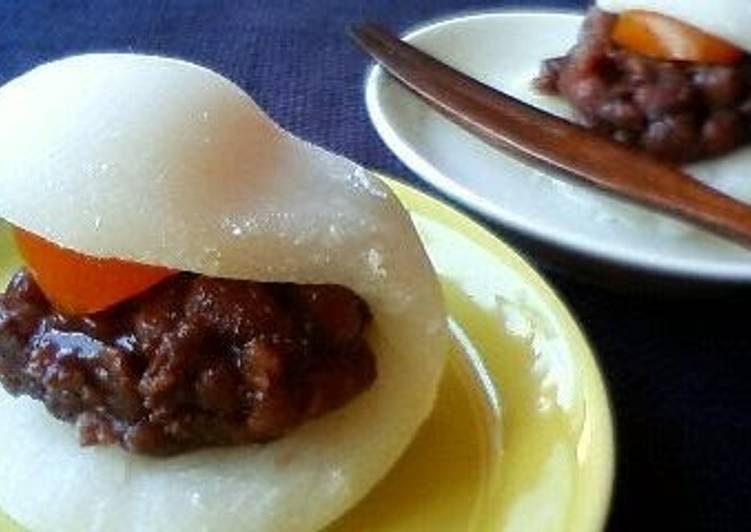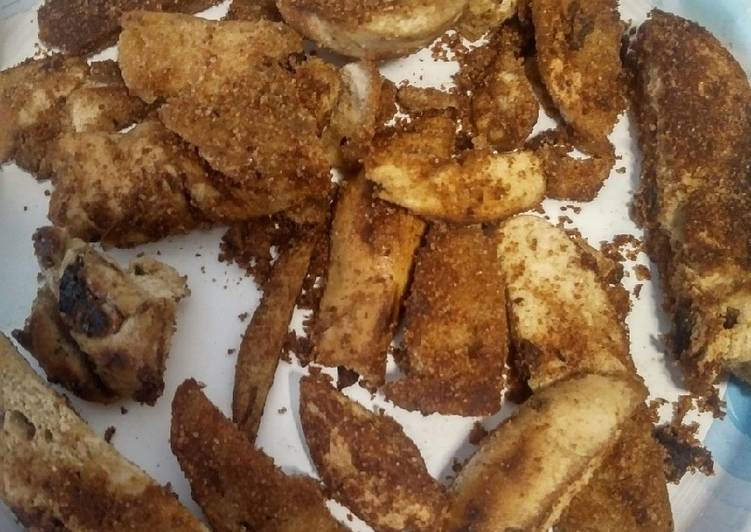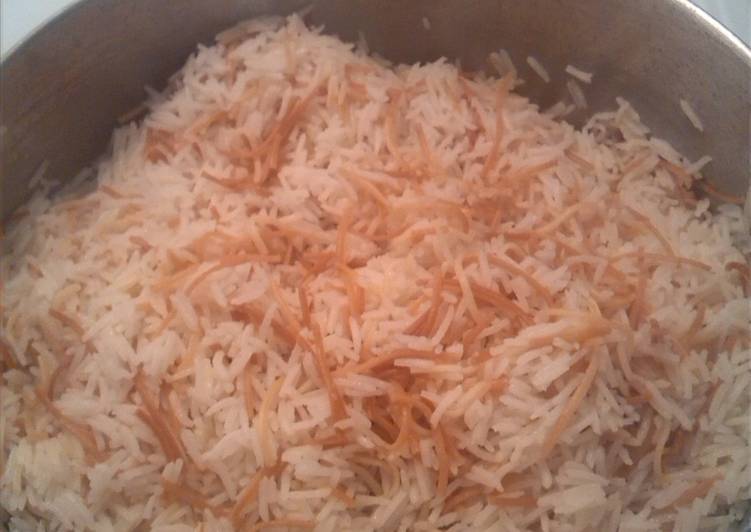
Hey everyone, hope you’re having an amazing day today. Today, we’re going to prepare a special dish, daifuku with kumquats. One of my favorites. For mine, I am going to make it a bit tasty. This is gonna smell and look delicious.
How to make Ichigo Daifuku (Strawberry Daifuku)!! |Japanese pastry outside of Japan |海外で作る、苺大福のレシピ. Daifuku is a popular Japanese snack and usually served with green tea. I've previously shared Strawberry Daifuku recipe on Just One Cookbook, which includes a whole strawberry inside a mochi.
Daifuku with Kumquats is one of the most popular of current trending foods on earth. It’s simple, it is quick, it tastes yummy. It is enjoyed by millions every day. Daifuku with Kumquats is something which I have loved my whole life. They are nice and they look fantastic.
Guide to Make Daifuku with Kumquats
To begin with this particular recipe, we must first prepare a few ingredients. You can cook daifuku with kumquats using 6 ingredients and 9 steps. Here is how you can achieve that.
Ingredients
The ingredients needed to make Daifuku with Kumquats:
- Make ready 50 grams Shiratamako
- Take 50 grams Sugar
- Take 80 ml Water
- Take 100 grams Sweet cooked aduki beans (store bought is fine)
- Prepare 4 Candied kamquats (cut in half) ※ Refer tofor DIY
- Take 1 Katakuriko
Brings back memories of southern California. I love how this pairs with the chicken and basil. The traditional daifuku, like all Wagashi are vegan in concept. But Daifuku comes in many varieties.
Instructions
Instructions to make Daifuku with Kumquats:
- ≪Preparation≫If the cooked aduki beans are too wet, put in a sauce pan and heat to evaporate excess moisture. Leave to cool. Drain the kumquats in a colander.
- Combine shiratamako and sugar in a heatproof bowl and mix together with a wooden spatula, adding water little by little.
- After it's mixed, loosely cover with plastic wrap and microwave at 500W for 1 minute.
- Take out the bowl from the microwave and stir the mixture well. Cover with plastic wrap and heat for another minute. Repeat twice (heat for 3 minutes in total).
- Stir the mixture in a bowl well. When it becomes smooth, place on a shallow container dusted with katakuriko.
- Dust your hands with katakuriko and divide the dough into 4 portions. Divide the aduki beans into 4 portions and roll into balls.
- Place a portioned dough on the palm of your hand and stretch into an oval shape with another hand. Put the portioned aduki beans and kumquat onto the dough and fold over the dough.
- If you have sudden visitors or feel like eating Japanese confectionary, you can make these very quickly. It's best eaten immediately although the dough will not harden with time.
- If you put strawberries, you will have strawberry daifuku. This looks like a strawberry covered with snow.
The most common is white, pale green or pale pink colored mochi filled with anko. Candied kumquats, on the other hand, are reliably sweet with an enjoyable nuance of bitter and tart. They're versatile, too: nibble on them as candies alongside tea, spoon them over desserts or into. Daifuku is a Japanese mochi dessert stuffed with a sweet filling. The beautiful color of matcha powder will remind you of young green leaves.
As simple as that Steps to Make Daifuku with Kumquats
So that’s going to wrap this up for this special food daifuku with kumquats recipe. Thanks so much for your time. I’m confident you will make this at home. There is gonna be interesting food in home recipes coming up. Don’t forget to bookmark this page in your browser, and share it to your loved ones, friends and colleague. Thanks again for reading. Go on get cooking!
Print this page


